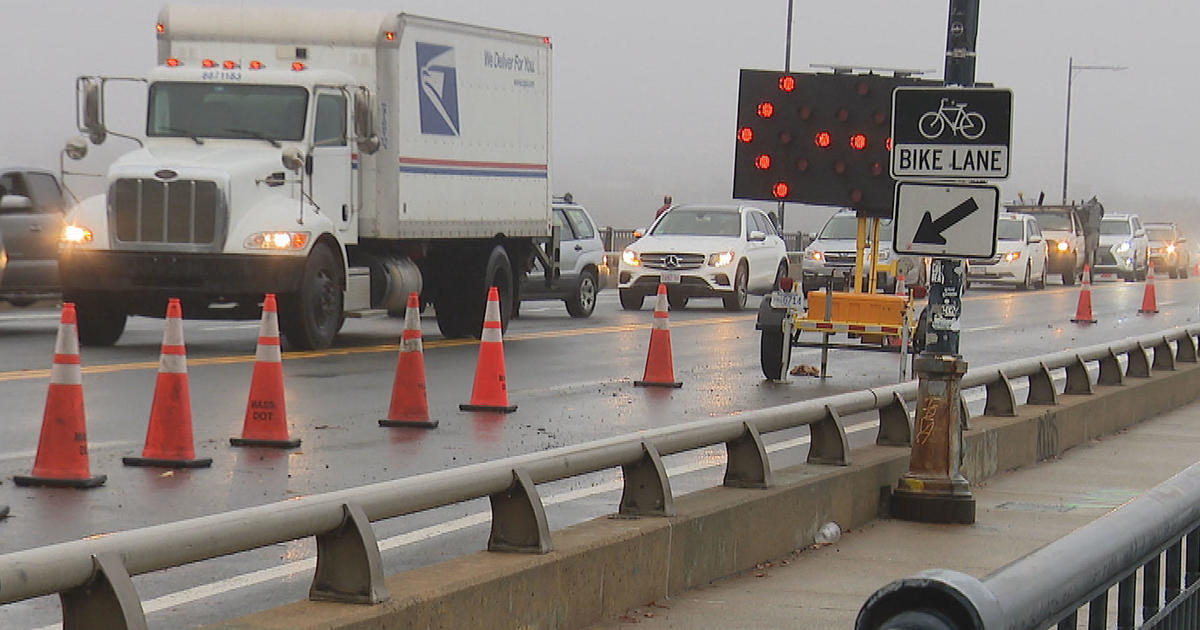Miami-Dade is hotter than your weather app says it is, a new study finds
Yeah, it’s hot in Miami. But it’s likely even hotter, much hotter, than the temperature reported on your weather app or TV screen — a least in a lot of places.
The official daily temperatures for Miami-Dade County usually come from a weather station mounted on top of the Miami International Airport, one slim metal pole in one spot.
But a new study from researchers with the University of Miami, Florida International University and others found that many parts of the county get far hotter than the official reading — an average of 6 degrees hotter.
The results come from nearly three years of data and 130 sensors placed around Miami — many located at gathering spots like bus stops, playgrounds and schools but also at street intersections and other places. They were all placed and collected by volunteers, as part of an ongoing citizen science effort on the impact of extreme heat in South Florida.
Matias J. Ocner
/
The Miami Herald
Some of the sensors also measured humidity, which allowed researchers to calculate the difference in the heat index (a blend of heat and humidity also known as the “feels like” temperature) between the official airport reading and the rest of the county. They found that the rest of the county has a maximum heat index around 11 degrees hotter than the airport on average.
“The story here is that heat doesn’t come in waves so it can be really difficult to see the impacts. It’s not like an acute moment in time where you say, ‘Oh, it’s hot and then what happens?’” said Amy Clement, lead author of the paper and a professor of atmospheric sciences at the UM Rosenstiel School of Marine, Atmospheric and Earth Science.
“I think this particular paper really speaks to that,” she said. “The actual threshold of what is dangerous can be exceeded in parts of the city even when the forecasts don’t show danger.”
It’s not surprising that temperatures vary across the county but the study put actual numbers to those differences and showed where they occur. The research, set to be published in the Journal of Applied Meteorology and Climatology this month, found the disparity existed in multiple parts of the county, from the concrete jungle of downtown to inland suburbs like Westchester.
Already making (heat) waves
Advocates who have been pushing for better protection from extreme heat for residents of Miami-Dade call the study a validation of what they’ve heard from community members for years.
Zelalem Adefris, co-author of the paper and CEO of Catalyst Miami, said she was inspired to work on this research, which relied on citizen scientist volunteers to place and collect the heat sensors, after conversations with Miami residents.

Journal of Applied Meteorology and Climatology
/
The Miami Herald
“It was very clear to us at Catalyst that the intersections between climate change and heat were the ones most directly affecting people, even more than sea level rise,” they said. “People were telling us it’s the number one thing they noticed, the number one thing that impacted them.”
Although the research is newly published, it’s already had an impact. It influenced the decision by the Miami office of the National Weather Service’s decision to lower the threshold for heat warnings and advisories. As an experiment this summer, the service will issue heat advisories when the heat index is at 105 degrees, instead of 108, and a heat warning will be issued when the heat index hits 110 degrees.

Matias J. Ocner
/
The Miami Herald
According to official weather service records, Miami-Dade has only hit that 108-degree threshold 14 times over the last 70 years.
But the new research suggests that some pockets of Miami-Dade pass that threshold more than 100 days a year.
“It basically means every day of the summer you’re hitting the heat index on average,” Clement said.
A powerful number
That number is a big deal because it’s a threshold. Surpass it, and help is unlocked.
Right now though, that help is pretty limited. When Miami-Dade gets hot enough, the weather service and county will both start issuing warnings to stay safe in the heat. The county will expand hours at air-conditioned public spaces like libraries and community centers, and county employees will reach out to local homeless shelters to ensure people living outside are protected from the extreme heat.

Matias J. Ocner
/
The Miami Herald
But as advocates push for more policies to protect South Florida residents from extreme heat, that single number could hold even more power.
Florida Power & Light, after a recent agreement with Miami-based climate advocacy group CLEO, changed its policy for disconnecting customers with overdue bills during heat waves. Now, the company will avoid shutoffs whenever it’s hotter than 95 degrees outside, based on FPL’s internal forecast, or if the weather service issues a heat advisory.
A new heat threshold number could also influence worker protection during extreme heat, if Miami-Dade ever introduces and passes its proposed heat standard law or when the Occupational Safety and Health Administration finishes its rule-making on its own national heat standard. Either law will have to set standards for when employees have to offer shade, water and rest to employees, and it will likely be linked to a specific temperature.

Matias J. Ocner
/
The Miami Herald
Tiffany Troxler, a co-author of the paper and a professor at FIU, said she sees this type of research helping craft better laws to protect anyone vulnerable to extreme heat.
“The more information we have about what people are experiencing on the ground, I think the better those policies can support people in their health and their wellness,” she said.
This story was produced in partnership with the Florida Climate Reporting Network, a multi-newsroom initiative founded by the Miami Herald, the South Florida Sun Sentinel, The Palm Beach Post, the Orlando Sentinel, WLRN Public Media and the Tampa Bay Times.
Copyright 2023 WLRN 91.3 FM. To see more, visit WLRN 91.3 FM.



:quality(70)/cloudfront-us-east-1.images.arcpublishing.com/cmg/45FNFTIGPZHIZCOLRMPNNLE4GM.jpg)